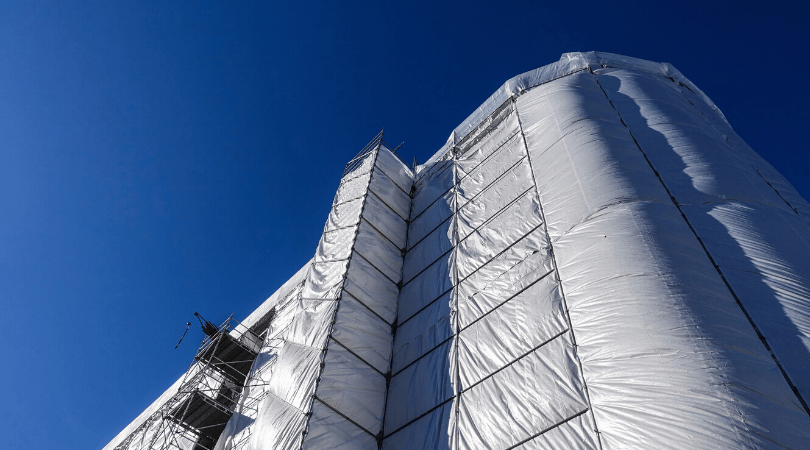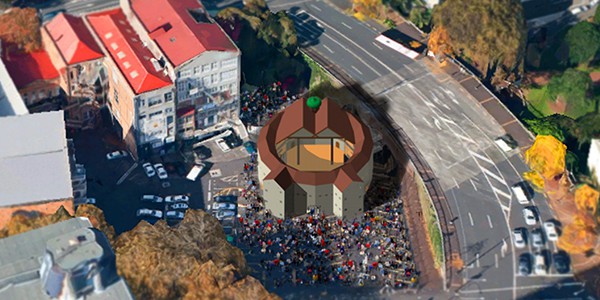During the 1990’s and 2000’s leaky buildings became a huge concern for owners as an increasing number of buildings were being poorly constructed. This led to unforeseen water ingress through the cladding damaging the underlying structure.
In addition to the weather-tightness defects of a building it was, and still is, frequently being discovered that poor workmanship has extended to other parts of the building, including active and passive fire features. Active fire safety features include sprinklers, alarms, fire hydrants and fire hose reels, while passive features include fire rated walls, floors, doors, and service shafts.
The Building Act via the Building Code sets the minimum standard for life safety and protection of other property from fire. It is worth pointing out that when buildings are designed to meet the minimum standard, they are most likely to have defects, consequently falling below these minimum standards.
Building owners do have some latitude in what they choose to repair. The Building Act only requires buildings that are being altered, for example, when re-cladding is being carried out, to be brought up to today’s minimum standards for means of escape from fire. This means that protection of other people’s property does not have to be addressed although it will normally be improved by default. Any new work will need to comply fully with the minimum requirements.
When defects are discovered during construction there is often a time and cost penalty over and above the cost of the repairs. These are due to delays caused by the time it takes to devise solutions to complex problems and carry out the repairs. This results in builders and scaffolding staying on site longer, and tenants having to find alternative accommodation for the extended duration.
If funding becomes an issue, the project must stop while additional funds are raised. Because time delays are so costly, the best solutions to problems during construction are often the quickest to design, get approved and build, rather than the most cost effective or even the most ideal solution for the building life safety as a whole.
The team at Origin Fire has extensive experience assisting project managers and architects working on remediating leaky buildings. Pierre-Jacques Gandino, Fire Engineer for Origin Fire, says he has learnt the hard way that the best way to get the most cost-effective and safest outcome for building owners is to invest time during the design phase of a project. By inspecting the building, you can determine as many of the defects as possible. This can also involve invasive inspections to find defects that would not normally be discovered until part way through construction.
Pierre says it needs more than just a fire engineer solving the problems, it requires a collaborative approach with the architect, building services engineers and structural engineers. When a team approach is taken, the solutions are far superior to when design is carried out in isolation.
Preparing building consent documentation is relatively straightforward once problems have been identified and solutions agreed upon. Pierre recommends meeting with the Building Consent Authority early in the design stages, this makes the consent process more straightforward through discussing the proposed approach to the repair of the building and agreeing on any defects that are not proposed to be repaired during remediation.
During construction unknown surprises are sure to arise, but if the preliminary building investigations and design has been carried out thoroughly then these should be relatively minor and not adversely interrupt the construction flow.
Contact us today to talk to one of our team about getting the best results for your project.



